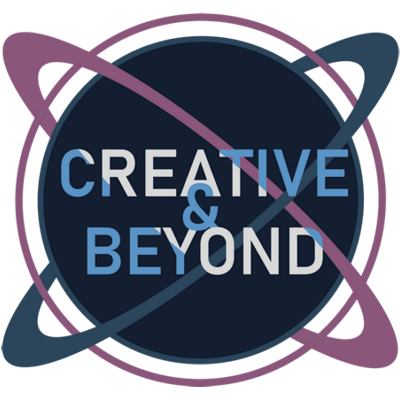simple
There is a beauty to simplicity, but also an inherent challenge.
These days, simplicity is championed as a target to aim for. You can see it all over the place in ads, technology design, fashion, user interface, communication, games, even stories. It’s not hard to think of examples: Got Milk? Apple product. IKEA furniture. American Apparel clothing. Twitter. Emojis. There are the games like Dead Space or Zelda: Breath of the Wild with little to no UI on the screen.
Simple is the way to go.
You’ve probably heard the old acronym, KISS, keep it simple, stupid. Surprisingly, not invented by Gene Simmons of the band with the same name. Maybe it was his inspiration for the name … nah.
To be honest, I’ve got a penchant for simplicity. What can I say, it’s sexy. But here’s the thing, I’m not a simple person nor do I have simple tendencies. Life is complex, our thoughts are complex and problems are often not as simple as they first seem.
Simple, you see, isn’t easy. It means taking something complicated and reducing it down to the most important bits. It takes a real skill to take something complicated and make it simple yet still beautiful and true. I’ve been working on a few board game designs and I’ve quickly realized how easy it is to tack on rules to “fix” the game only to end up with something confusing and not nearly as fun.
Anyone can turn a cluttered, messy room into an empty one, but, if you’ve seen a few home design shows, you’re aware it takes a particular eye to know where to add just the right furnishings (and not too much) to transform an empty room into something truly appealing. A good teacher knows how to take a complex subject and make it easy for his or her students to understand.
As much as I love simplicity, it isn’t necessarily the best approach. Some ideas are simply (hey-o!) too nuanced to communicate with a single tweet. Think about MS Paint vs. Photoshop. The first is a very basic program and it can be useful for some image manipulation like cropping a picture, but to produce really amazing digital artwork with just the right colors, patterns, and style, you’re going to need a complex program with a ton of features like Photoshop.
So, is simple always better? I read a post by K. M. Weiland about fixing overly complex plots. The problem, she points out, is not the complexity, but the unnecessary complexity: when we add in those extra parts that do nothing for the story and only confuse readers.
I think the same advice can be given for any creative work. Only make it as complex as it needs to be but don’t over simplify so that you lose the most important elements.
Yes, simple can be beautiful, but I believe that beauty comes in part from the suggestion it gives toward complexity. Simple things, like the tip of an iceberg, hint at what is hidden. Empty space wants to be filled and our imaginations long to fill it. Nature abhors a vacuum (I don’t know why, they seem pretty useful to me) and a blank canvas does not satisfy.
Next time you create, consider what are the essentials and what you might do better to hint at or leave out altogether.
Creatively yours,
A.P. Lambert
Everything should be made as simple as possible, but not simpler.
~Albert Einstein
Hey Creatives, where do you draw the line between too simple and too complex? Let us know in the comments below.

